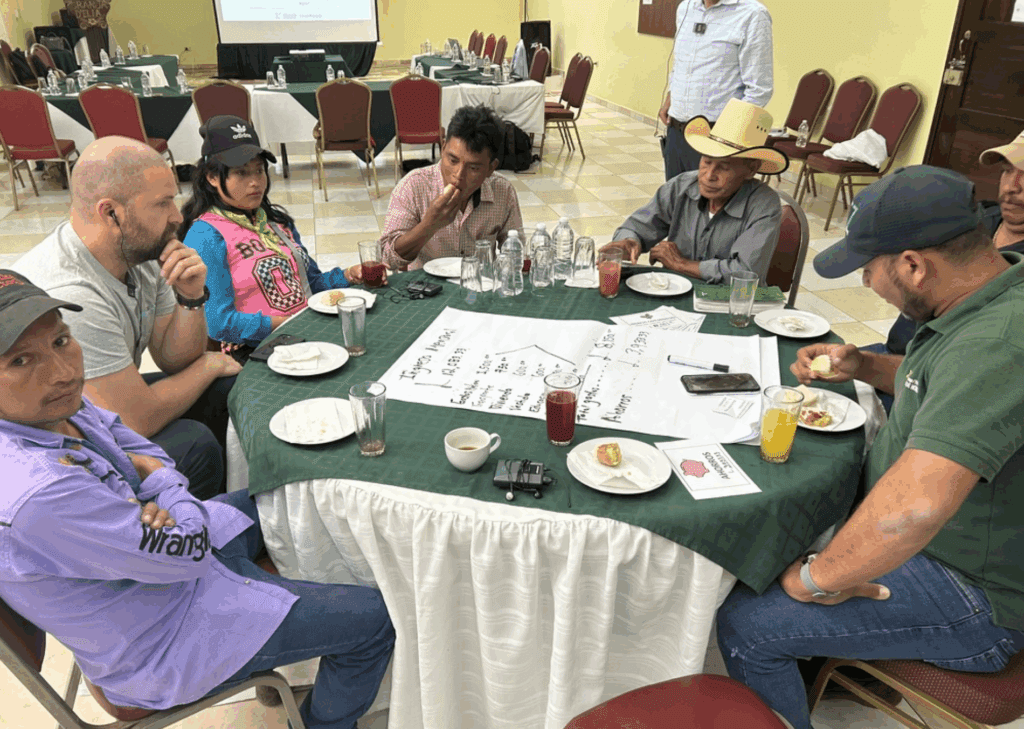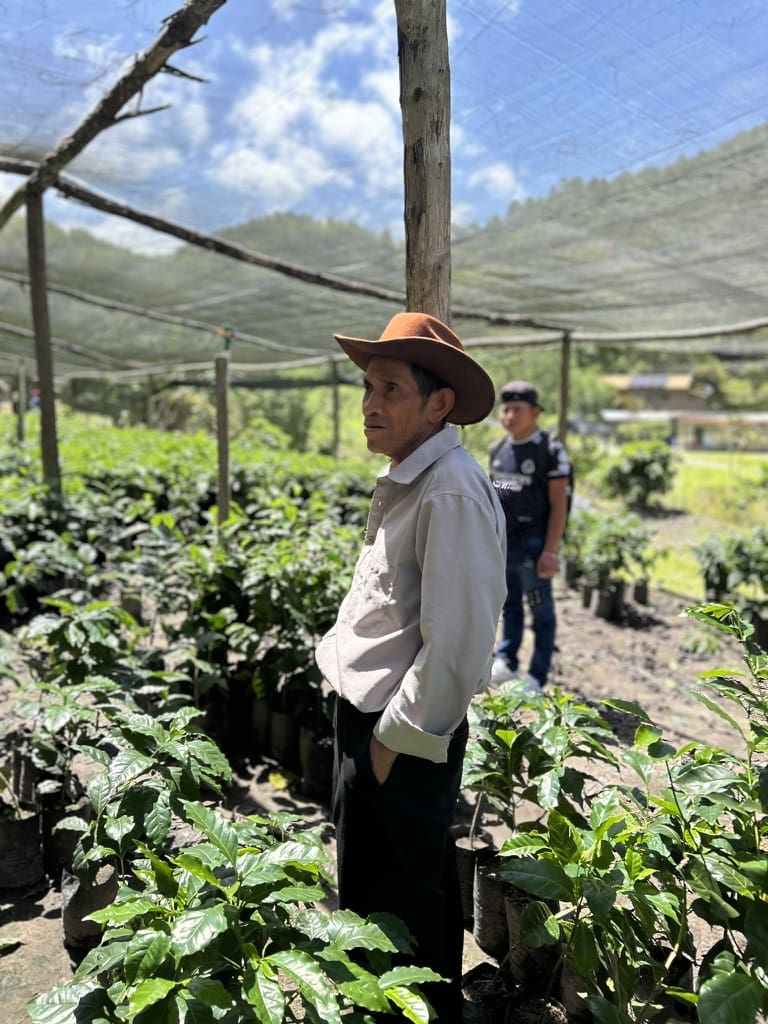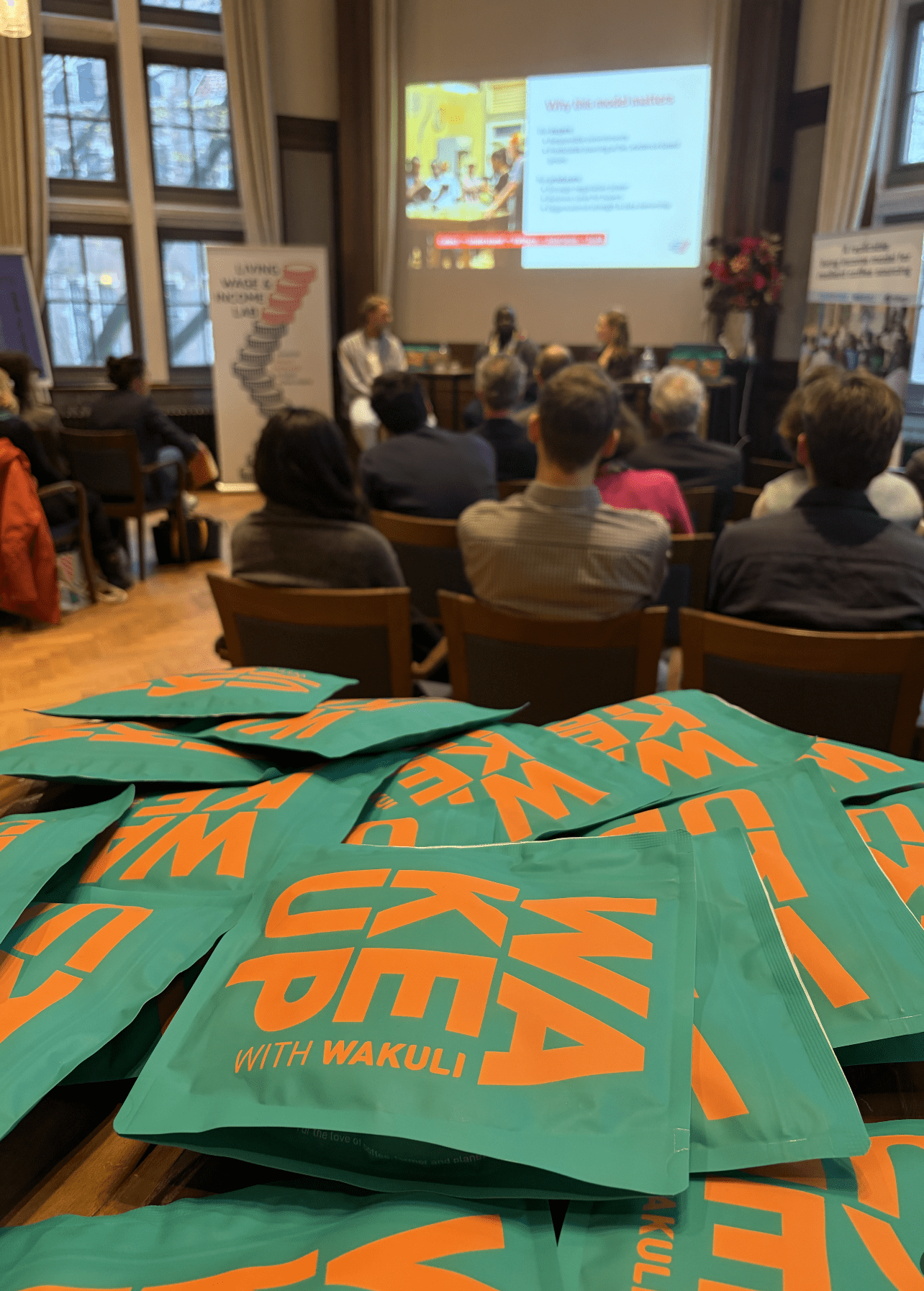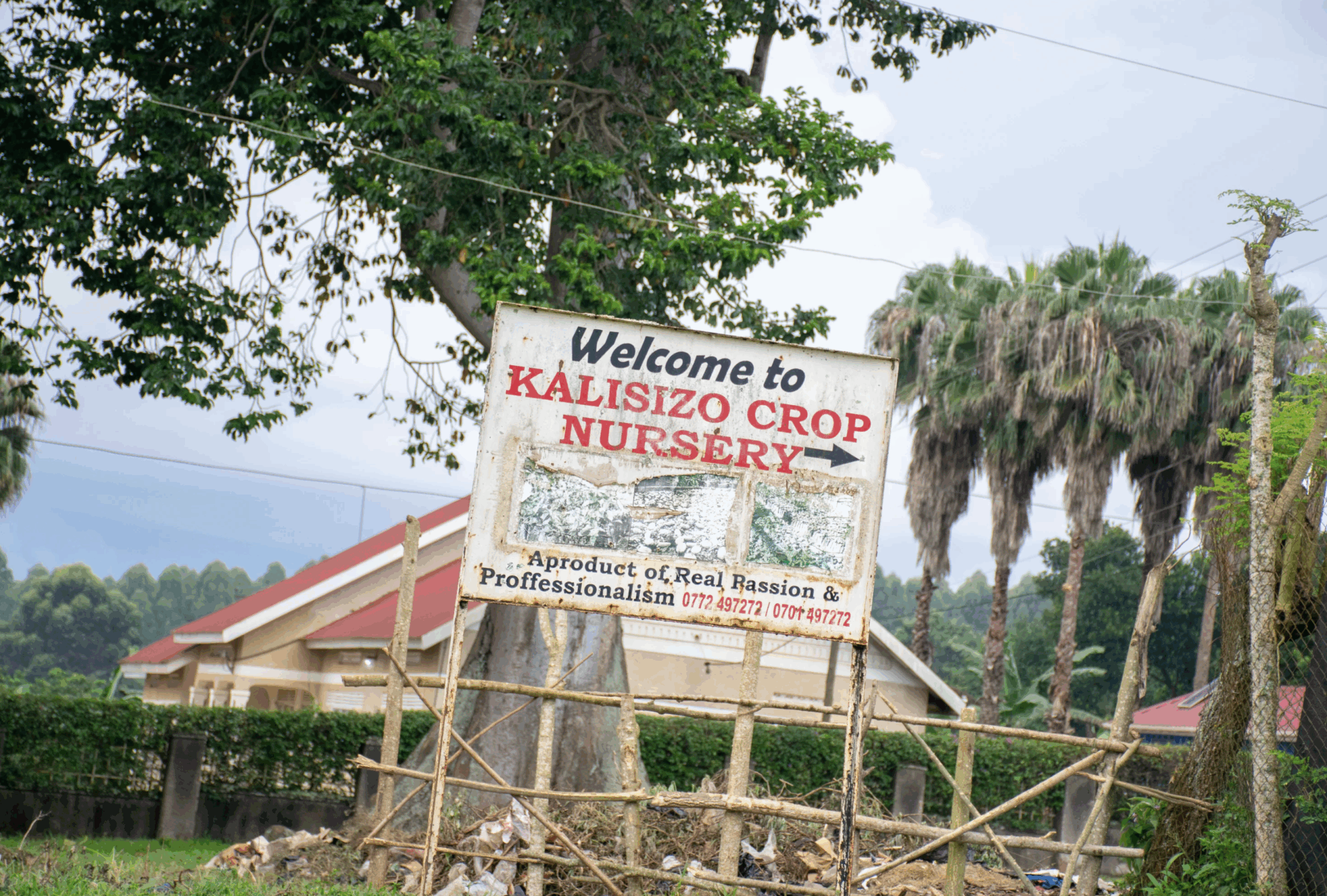For nearly a decade, the Living Wage & Income Lab has been a platform for innovation and collaboration. Since its founding by Fairfood and Hivos in 2015, the Lab has brought together producers, retailers, government officials, and civil society actors in the agri-food sector to tackle one persistent problem: poverty in global value chains.
Over the years, we’ve explored bold ideas and the different pathways to close the income gap in food supply chains. But after many sessions in the Netherlands, it felt like we had hit a wall. The concept of a living income is now well-understood. Tools and benchmarks are increasingly available. Yet the real question remains: how do we move from theory to action?
To advance, we knew we had to go back to where it all begins: the farm.
A first in 10 Years
As part of the RECLAIM Sustainability! programme, Fairfood has been developing and testing a Living Income Commodity Strategy in Honduras. This work was made possible thanks to the commitment of Molinos de Honduras, a subsidiary of Volcafe, and our partners Heifer International and Akvo. Using farm-level data from over 300 coffee producers, we tested a model to assess living income price gaps and conducted cost-yield efficiency analyses to design more targeted interventions.
But we didn’t stop there.
This July we took the next step by hosting our first in-country Living Wage & Income Lab, in Siguatepeque, Honduras. The goal: bring the data and the dialogue directly to the farmers. This session marked a new chapter for the Lab—one where the conversation isn’t just about farmers, but with them.
From numbers to narratives
During the session, farmers took part in budgeting exercises based on their actual income and expenses. This hands-on work sparked honest reflections. Many admitted they weren’t keeping track of their spending–and often didn’t see the value in doing so–making it difficult to save, plan ahead, or spot opportunities for change.
Together, we looked at how current incomes compared to a decent standard of living: one that covers not just food, housing, health, and education, but also transportation and the ability to manage unexpected costs, whether personal or business related. While in Europe we talk about the “living income” concept to capture this ambition, at farm level it often comes down to one thing: resilience. The capacity to withstand market fluctuations, climate pressures, or other shocks beyond their control.

Several insights stood out. Financial literacy was recognised as a major barrier, especially among older generations. A shift in mindset from survival to profitability and planning was seen as just as crucial as any technical training. Peer exchange played a powerful role too, as sharing personal experiences helped surface both common challenges and community-driven ideas for moving forward.
It also became clear that price isn’t everything. This year, farmers are benefiting from higher prices, but the real challenge is ensuring they are building enough resilience to cope with less favorable seasons. Resilience, in this context, isn’t just about agronomic practices or external support, but the skills to manage a farm as a business(Volcafe Way practices). Although in buying countries business management is often treated as a core competency, at origin, this is too often treated as a “nice to have.” This gap presents a clear opportunity: supply chain partners have a role to play in helping this skill flourish where it matters most. Building the business capacity of farmers isn’t a luxury, it’s a foundation for long-term sustainability.
Barriers and breakthroughs
The workshop created space not just for voicing challenges but also for imagining change. For one, the few women in the room shared that they had never attended a training before and felt newly motivated to do so, especially after seeing gender-disaggregated data showing consistent disparity between living income prices for men and women. Farmers reflected about the weight of high input and labor costs, the limited access to health and education services, increasing climate pressures, low financial literacy, and the daily effects of poor rural infrastructure.

One of the most compelling findings from our survey: 78% of farmers involved in training offered by Volcafe were significantly closer to earning a living income. This underscores that productivity and efficiency matter, but only if they’re matched with access to training, fair prices, and long-term support.
The solutions that emerged in the room aligned with the recommendations mapped out in the Living Income study. This is now feeding into the Volcafe Way, a farmer support programme dedicated to improving yield, quality, and resilience. Like many corporate initiatives, this one has traditionally been monitored through a productivity lens. Now, Molinos de Honduras aims to integrate an income layer into how impact is measured. “Together with Fairfood, we are developing a strategy to reach groups that have been historically left out, equipped with clear indicators to track results,” explains Andrea Moncada, responsible for sustainability and special projects at the Volcafe subsidiary.
The case study that emerged from this work will be launched on October 7th in a session presenting how the methodology has been applied in Honduras, Uganda and Sierra Leone. You can register here to join.
This session reaffirmed something we’ve long used the Living Wage & Income Lab platform to highlight: co-creation only works when farmers are at the center of the conversation. To learn more about the model, and how you can facilitate a similar Living Income Lab yourself, reach out!


